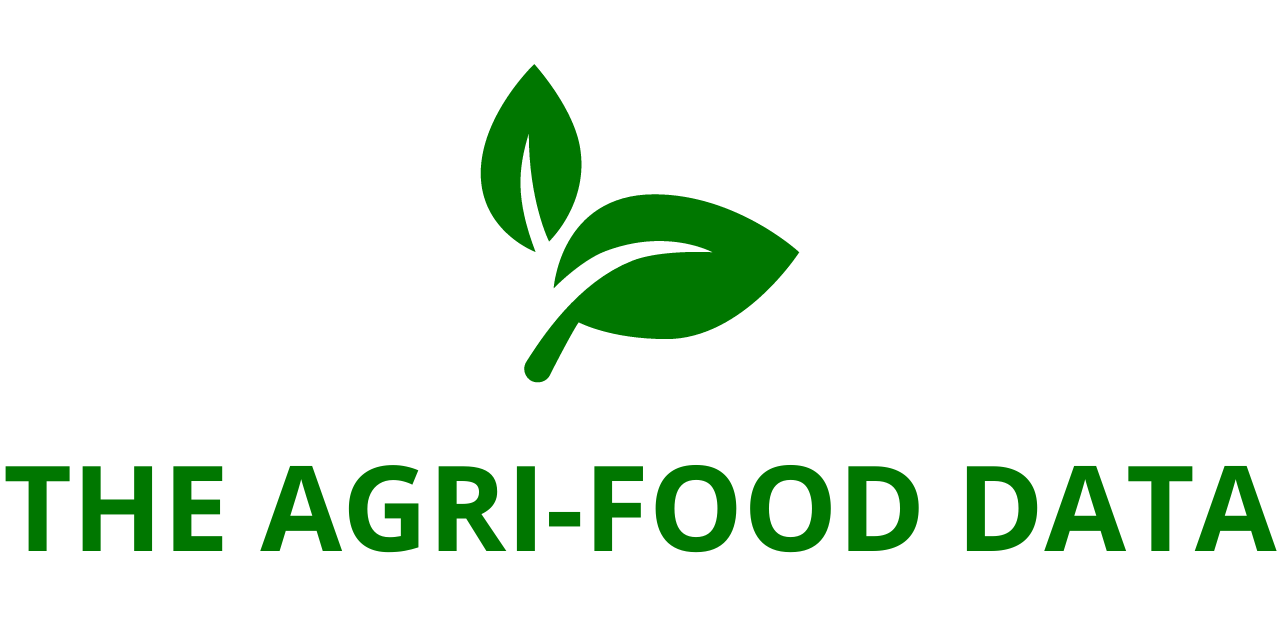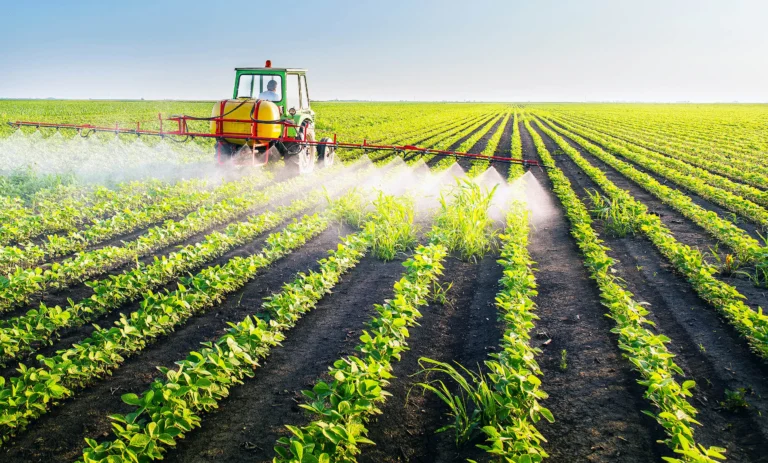
Wetlands: Enhancing Human Well-being
At first glance, wetlands may seem unassuming, perhaps even mistaken for wastelands. So why is World Wetlands Day, marked today on February 2, 2024, themed “Wetlands and Human Welfare”?
Recent events offer insight:
i) Devastating floods in parts of North India prompt the question: where does the excess water vanish?
ii) The absence of snow in mountainous regions raises concerns about river nourishment via snowmelt.
What implications might these events hold for the impending dry, hot summer?
But before delving into these questions, it’s crucial to grasp the essence of wetlands. Unlike picturesque lakes or lush forests, wetlands are characterized by water coverage—seasonally or perennially—often presenting as swampy or marshy terrain. While renowned for their role in supporting biodiversity, wetlands also serve a lesser-discussed but critical function: groundwater recharge and filtration.
An acre of wetlands can retain approximately five million liters of floodwater, underscoring their significance in ensuring a reliable freshwater supply—a resource under increasing strain. With groundwater depletion reaching alarming levels, preserving wetlands emerges as a simple yet effective strategy to replenish this vital resource.
Groundwater sustains India’s water needs, particularly in drinking and agricultural sectors, where it reigns as the primary source. As the world’s largest consumer of groundwater, India benefits immensely from wetlands’ natural filtration, mitigating the impact of agricultural pollutants.
For urban dwellers, wetlands may seem distant concerns. Yet, today serves as a reminder to contemplate their significance and address the initial questions posed.
Regarding our inquiries:
i) Wetlands serve as reservoirs for excess floodwater, averting its discharge into the sea.
ii) Amid dwindling river flows, wetlands play a pivotal role in recharging groundwater—an indispensable alternative





